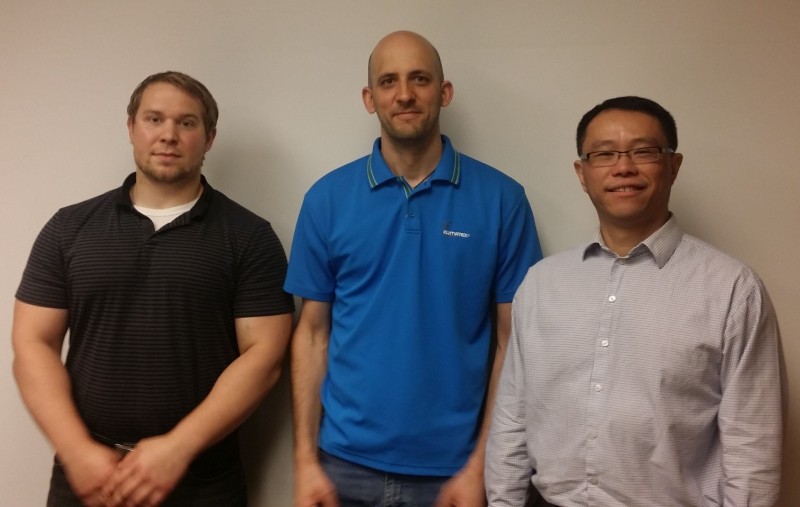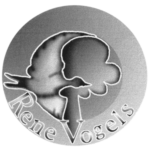Integration of MR receive coil in hyperthermia head and neck applicator: Hands-on training
Tomas Drizdal
dept. of Radiotherapy, Erasmus MC Cancer Institute
Several randomized clinical trials have shown a benefit when adding hyperthermia treatment to standard radio- and chemo-therapies for various tumor diseases. We developed the HYPERCollar3D microwave applicator that enables inducing therapeutic temperatures in range of 40-43°C for a period of 60 minutes in the head and neck region. Temperature increase during hyperthermia treatment is in clinical practice usually measured by temperature probes. Temperature information is limited to several, 4-8 discrete points, and placement of probes is associated with bleeding risks and discomfort. Noninvasive 3D thermometry techniques would allow online verification of the heating pattern and adjustments for maximum heat coverage of the target region. The only clinically viable method for non-invasive thermometry is based on magnetic resonance (MR) imaging, which requires the hyperthermia device to be integrated into the MR scanner. This step has been shown feasible for the pelvic region, but has not been demonstrated for the head and neck region. Moreover, the current hybrid implementation leads to a poor signal to noise ratio (SNR) and severely distorts the MR imaging. Therefore, we are investigating a novel, truly integrated, approach that potentially leads to a much better imaging performance. In our approach, the MR receive coils can be placed very close to the patient surface, which strongly improves the SNR compared to the MR body coil. Still, the hyperthermia device has to provide excellent heating capabilities. Hence, finding the optimum between heating performance and minimizing disturbance of the MRI static magnetic B0 and transmit/receive B1 fields is not trivial. A sound integration therefore required knowledge both from hyperthermia and MR-scanner-specific perspective. My visit to the GE MR laboratory provided a significant kick-start of this project.
MR receive coils are very sensitive antennas recording electromagnetic field signal produced by excited atoms (usually hydrogen) from within the scanned object. The operating frequency of these coils depends on the magnetic field strength of the MRI scanner, i.e. 63.868MHz for 1.5 tesla MR scanners. MR coils must be made from high-quality nonmagnetic materials. During my training period at GE Global Research, I received hands on MR training and coil construction training. In the latter, I designed and built several MR single-element receive coils for 1.5T and 3T MR scanners, including the vendor specific modifications required. These coils were afterwards combined into hybrid-applicator-mimicking surface array configurations and tested for their imaging performance at the MR scanner using tissue equivalent phantoms. Initial experiments shown that the designed surface MR coils provide up to 1.8 times better SNR (quality images) compared to the body coil embedded in MR scanner and negligible distortions of the MR fields.
GE Global Research Center is located in Niskayuna, which is around 270km north from New York city. After arriving by plane to New York, I traveled to Schenectady (Niskayuna) by train, which follows Hudson river and offers beautiful view during the whole three hour journey. This train also passes through Albany which is capital city of New York state, located around 20 kilometers southeast from Niskayuna. The surrounding mountains, with elevation up to 1400 meters, covered mostly with broadleaf trees are ideal for hiking tours during weekends. Since this winter in Niskayuna was moderate, I could use a bicycle for transportation during most of my stay. However, one needs to pay attention on the route since the roads in general are not adapted as much for cycling as in the Netherlands. Nevertheless, Rotterdam was in direct vicinity of Niskayuna and taking the bicycle path upstream the Mohawk river would lead to Amsterdam after about 35 km. Probably two of the most curious things for me were the high amount squirrels, which are basically at every tree, and the “STOP all ways” signs at four way crossings.
My stay at the GE Global Research Center in Niskayuna in the USA has provided me with a unique opportunity to increase my insights and knowledge in the physical principles and operation of MR scanners. I was able to greatly expand my theoretical and practical skills in coil design as well as how to manufacture coil, operation of the MR scanner and post-processing of the measured data. The entire team of MRI laboratory of GE Global Research Center in Niskayuna has greatly supported me and I highly value the discussions on integrating MR surface receive coils into the head and neck hyperthermia applicator.

